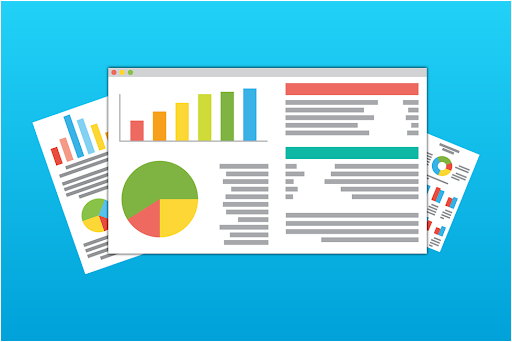Project progress reports provide essential updates to team members, supervisors and other key players regarding the status of project goals. These high-level overviews keep everyone on track with meeting milestones by their estimated dates of completion.
Goals
Project progress reports (PPRs) provide stakeholders with important updates about their project’s status. They are typically prepared by either the team leader or senior members and sent out regularly (weekly, monthly, quarterly or yearly).
Before beginning to write a PPR, identify your audience. This could include upper management, team members or clients; it will allow you to tailor the message and focus of the report accordingly, while also helping determine what information needs to be included.
Progress reports provide details on completed, ongoing, and upcoming tasks as well as key metrics and future planning activities. It is integral that progress reports provide as much detail as possible without overwhelming readers with irrelevant or disengaged material. This is important to remember especially when it’s time to present the information.
A PPR’s accomplishments section offers a great opportunity to showcase all of the hard work completed during its reporting period. When possible, numbers should be used in this section so readers can quickly comprehend what was accomplished. You should use this section as an opportunity to recognize team member efforts and celebrate success!
Accomplishments
PPRs are an effective means of keeping stakeholders up-to-date on your efforts on an ongoing project during a specified period. They capture achievements, challenges and future plans all in one document that provides an accurate reflection of where it currently stands. You can create this report yourself or submit it regularly upon the request of a supervisor, associate or client; its content varies depending on its audience from high-level overviews to detailed analyses of individual tasks and their statuses.
Presenting your accomplishments in a PPR helps keep stakeholders engaged and informed. Outline how your work has contributed to the success of the project in terms of key reporting requirements such as meeting deadlines and remaining within budget, while taking this opportunity to recognize team members for their contributions and efforts which may increase morale while aiding retention efforts.
When writing this section, make sure the data provided is both accurate and understandable. Use figures and charts to highlight any key pieces of information, making it easier for anyone to quickly see what has been accomplished and how much work still lies ahead.
Issues
Issues to be covered in a PPR can be divided into two groups: planned and unplanned issues. Planned issues refer to those listed in the scope and plan document while unplanned ones occur during project execution. It’s important that any issues that arise be discussed openly as soon as they arise in order to ensure transparency among teams and stakeholders.
An issue list in a progress report allows teams to address them quickly and prevent them from becoming bigger issues in the future. It is also a good idea to include information on who raised each issue as well as any plan to resolve it moving forward (https://learning.linkedin.com/resources/workplace-learning-report); including this data helps project managers and stakeholders better comprehend any identified problems so they can take measures to avoid future instances.
Keep track of project progress more easily by writing all information clearly and concisely in reports. Be sure to avoid technical jargon so people can read and comprehend your report more easily, and add dates so it can easily be accessed in future.

Risks
Risk reporting in project status reports has become an established practice. This allows stakeholders to be made aware of any issues which could threaten the success of their projects and any plans put into effect to address those risks. It may also reveal issues not yet discovered as it provides an opportunity to modify project management plans to prevent similar occurrences going forward.
Implementing the same format in every report ensures that everyone can easily compare tasks to one another and understand the information being conveyed, helping reduce miscommunications and misunderstandings. A color-coding system (e.g. green = on track, yellow = at risk, red = off track) may be useful in conveying an accurate status report of your project.
Schedule
PPRs keep stakeholders up-to-date with a project’s development, providing an overview of its progress thus far and what’s left to do, helping adjust expectations as necessary. Updates can be sent daily, weekly or monthly depending on their target audience and type of report.
Prior to writing a progress report – which you can learn how to do by clicking here – its intended readership must first be identified. This will determine the language and format that should be employed when writing one; for instance, daily updates could include lessons learned that team members could receive.
Writing a progress report requires providing facts instead of personal opinions or estimates backed up by data, as these can mislead readers and lead them into unrealistic expectations. A progress report should also be written as concisely as possible while still providing enough information to inform its readership.





